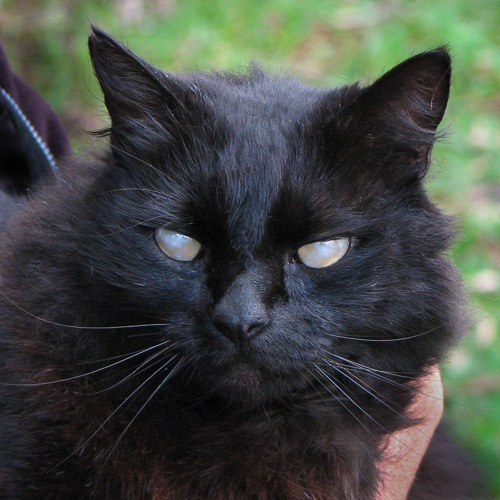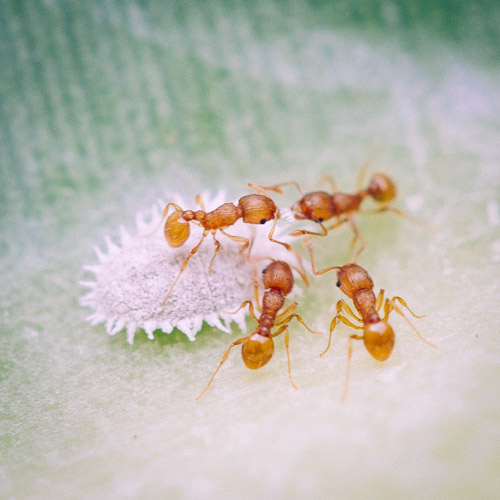Impacts of Little Fire Ants

Impacts on Humans
LFA greatly impact our lives in a variety of ways. Anyone who has been stung knows how painful the sting is and how irritating the long lasting itchy rash or welts can be. Even though they don’t normally nest inside the house, it is common to find ants foraging in the kitchen and wandering all over the house. Residents are frequently stung in their beds and while lounging on the couch!

Impacts on Pets
Dogs, cats, and other domestic animals encounter LFA while eating, resting, and merely wandering in the yard. Ants crawl around in the fur and will sting soft tissue, including the eyes. As a result, animals in LFA infested areas suffer high rates of skin irritations and tropical keratopathy, a clouding of the corneas resembling cataracts.

Impacts on Wildlife
In natural ecosystems, LFA displace other ant species and predate on insects and vertebrates. Often other animals sharing the same habitat simply relocate to uninfested areas to avoid the discomfort of being constantly stung and the reduction in prey items.
On the Galapagos Islands, LFA have been found to eat tortoise hatchlings and target the eyes of adult tortoises.

Impacts on Agriculture
LFA impacts agriculture in two main ways. The major sources of food for LFA are the sugars produced by scales, mealybugs, whiteflies, and aphids. LFA “ranch” these plant pests, moving them to new locations and protecting them from their natural enemies. This association can devastate fruit trees and ornamental plants by leading to a reduction in productivity, plant health, and growth. Secondly, LFA make harvesting more difficult. LFA often fall out of trees when disturbed, landing on unsuspecting victims. Agricultural workers are constantly stung, making them reluctant to operate in infested locations.
